Meizu does not turn on fastboot mode. Switching to Fastboot mode on devices from different manufacturers
Android OS is an open platform with numerous capabilities, including changing system files, installing various launchers and shells, changing display resolution, and so on. Reflashing the device also plays a significant role. By the way, numerous users purchase smartphones from famous manufacturers, counting on dozens of firmware available on the Internet.
In case you are one of the owners of a popular flagship, the instructions below will help you understand the process of switching to Fastboot mode.
Entering Fastboot mode on Samsung
2. Simultaneously press and hold the following key combination: power button - volume down rocker - home button.
For owners of older Samsung devices:
1. Turn off your smartphone or tablet.
2. Press and hold the power key and volume up button. Wait about 20 seconds until the Samsung logo flashes four times.
Entering Fastboot mode on HTC
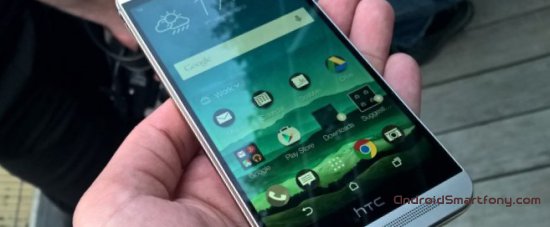
1. Turn off your mobile device.
2. Hold the Volume Up key and the Power button.
Next, you will go to the bootloader menu, in which you should select “Fastboot”, and then connect your smartphone using a USB cable to personal computer. You can perform various actions in Fastboot through additional software or through the console.
Entering Fastboot mode on Sony
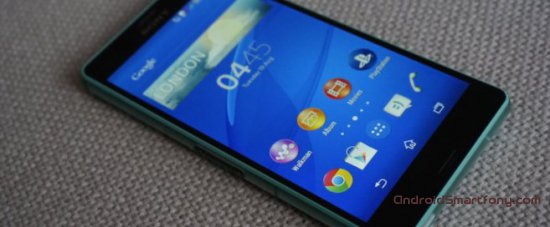
1. Disconnect the device.
2. Download and install.
3. Check and install Fastboot drivers (second option in FlashTool Xperia Driver Pack).
4. Connect the USB cable to your personal computer, but without your smartphone.
5. Press and hold the Volume Up key while simultaneously connecting the device to the PC via a USB cable.
Entering Fastboot mode on Motorola

1. Turn off the device.
2. Press and hold the Volume Down button, at the same time press the On/Off button and hold it for a couple of seconds. Release it after two to three seconds. The volume down button should still be held down - after two seconds, release it too.
Note: Some mobile devices need to be connected to a personal computer by holding Volume Down and Power On/Off.
Entering Fastboot Mode on Nexus

For owners of Google devices:
1. Disable the flagship.
2. Simultaneously press the following key combination: power button, “Up” sound rocker, “Down” sound rocker. Do not release until the boot menu appears on the screen.
Entering Fastboot mode on LG
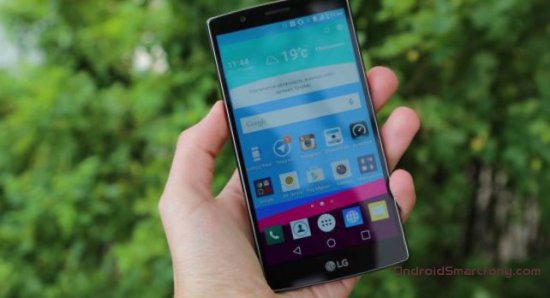
1. Disconnect your smartphone.
2. Connect USB cable to PC. No phone!
3. Press and hold the power key and volume up button. You must hold the keys for 5-8 seconds.
4. Without releasing the button combination, connect the device to a personal computer.
Android firmware, i.e. writing certain file images to the corresponding sections of the device’s memory using special Windows software that almost completely automates the process is today not the most difficult procedure from the user’s point of view. If using such tools is impossible or does not give the desired result, the situation can be saved.
In order to flash an Android device via Fastboot, you will need knowledge console commands the operating mode of the device of the same name, as well as certain preparation of the smartphone or tablet and the PC used for operations.
Due to the fact that in fastboot mode, manipulations with the device’s memory sections are performed virtually directly, when using the firmware method described below, some caution and attentiveness are required. Additionally, the following steps should probably only be recommended if you are unable to flash the firmware using other methods.
The user carries out every action with his own Android devices at his own peril and risk. The site administration is not responsible for possible negative consequences of using the methods described on this resource!
Strict implementation of the preparatory procedures determines the success of the entire process of flashing the device, so the implementation of the steps described below can be considered a prerequisite before carrying out operations.
Installing drivers
You can learn how to install a special driver for fastboot mode from the article:
System backup
If there is the slightest possibility, before installing the firmware, it is necessary to create a complete backup copy existing device memory sections. The steps necessary to create a backup are described in the article.
Android is open system, which allows any user to change system files, install various launchers, shells, change screen resolution and much more. The ability to flash your device also plays a significant role in all this. By the way, many people buy devices from famous brands with the expectation that there will be a large number of firmwares available on the Internet.
The Fastboot mode plays a key role in the firmware of the device - and not only in the firmware. You can enter Fastboot mode on devices from different manufacturers in different ways. Thanks to Fastboot, you can install firmware, recovery, install the kernel, clear the cache, and so on on your device. Fastboot is not part Android systems, this is part of the smartphone bootloader. However, it is worth remembering that not every device supports Fastboot, and in some cases this mode is completely blocked.
For example, in the case of HTC or you will have to unlock the bootloader first. However, in older Samsung devices, such as the Galaxy S Plus, when you go to the bootloader through it, you can immediately mount the recovery and install the firmware and Gapps without any manipulation. Today, in turn, Samsung has gone so far as to limit the number of firmware installations with the help of KNOX.
If you are the owner of a smartphone of a popular brand, the instructions below will help you understand how to correctly switch to Fastboot mode:
Samsung

If you have a Samsung device:
If you have an old samsung device, for example Galaxy S:
HTC
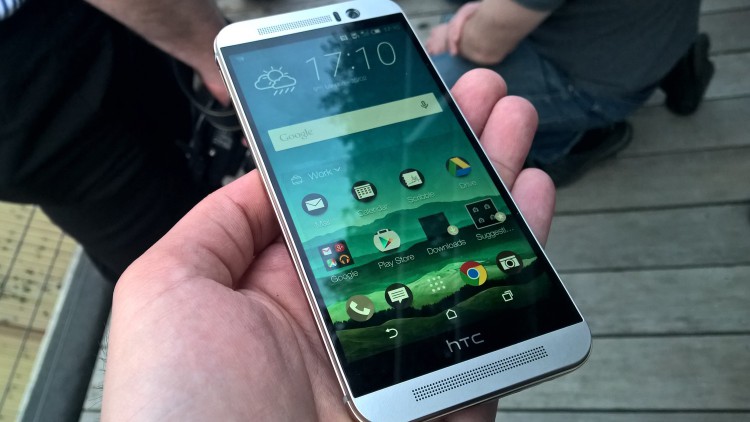
If you have an HTC device:
It is worth noting that you will only be taken to the bootloader, from where, by selecting “Fastboot” and connecting the smartphone via a USB cable to the computer, you can perform various manipulations via third party programs or directly through the console.
Sony
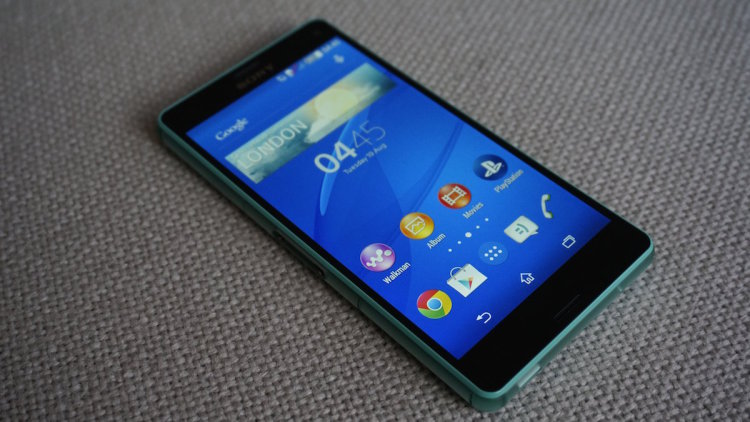
If you have a Sony device:
Motorola
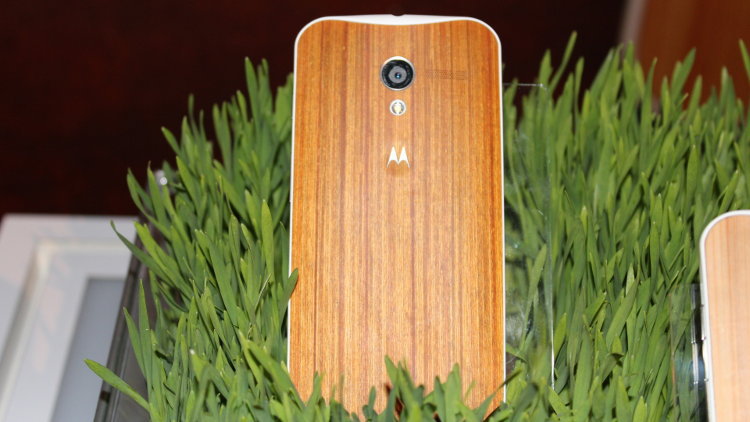
If you have a Motorola device:
Comment: Some devices need to be connected to the PC by holding the Volume Down button and the Power button.
Nexus
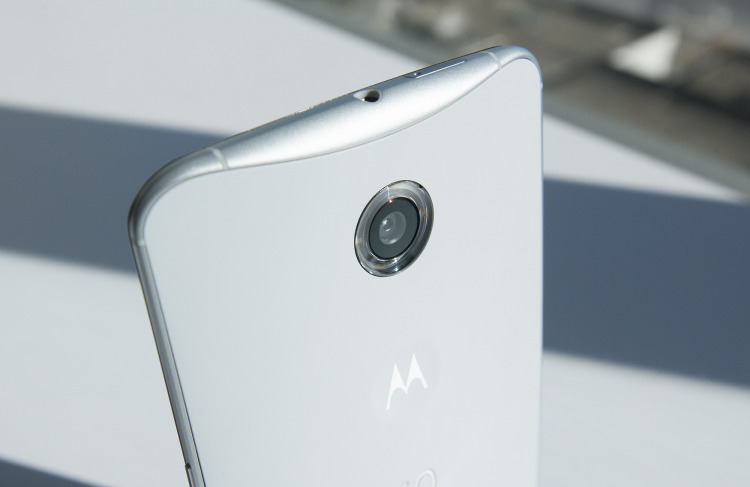
If you have a Google device:
LG

If you have an LG device:
How to switch to Fastboot mode: learning everything popular models Vladimir Ukhov
